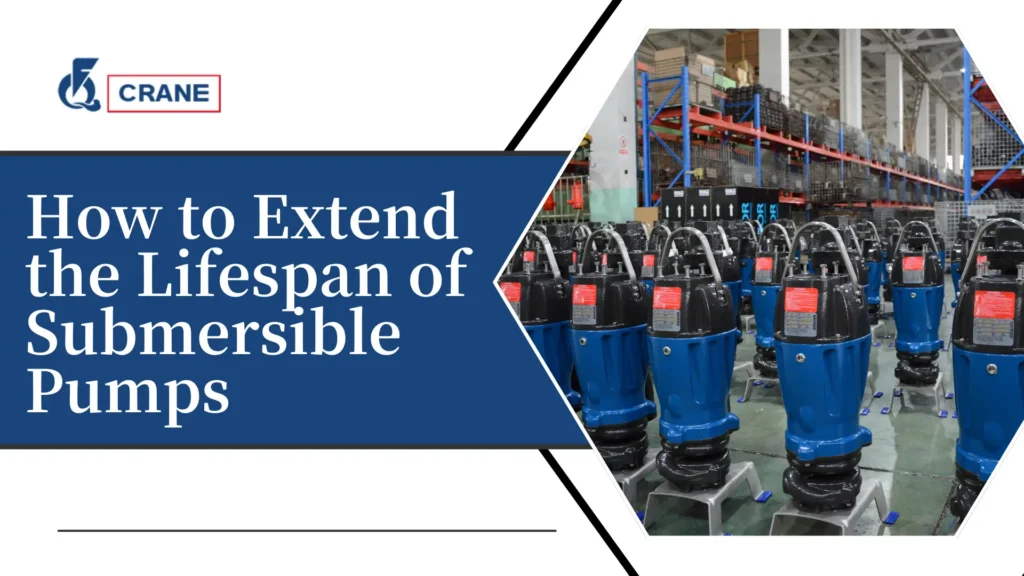Submersible pumps are specialized devices designed to operate underwater, primarily used for moving fluids like water and sewage.
Unlike surface pumps, which draw fluid from above, submersible pumps are submerged in the fluid they are pumping.
This design allows them to push the fluid to the surface efficiently, utilizing a hermetically sealed motor that prevents water from entering the pump’s internal components.
The main components of a submersible pump include the motor, impeller, and casing. The motor powers the pump, converting electrical energy into mechanical energy.
The impeller is a rotating component that moves the fluid, while the casing encases these components and directs the flow of the pumped fluid.
Understanding these components is crucial for maintaining the pump and ensuring its longevity.
Why Is Regular Maintenance Important for Submersible Pumps?
Preventing Wear and Tear
Regular maintenance is essential for preventing wear and tear on submersible pumps.
Over time, components can degrade due to continuous operation and exposure to harsh conditions.
By conducting routine checks and replacing worn parts, you can significantly extend the life of the pump and maintain its efficiency.
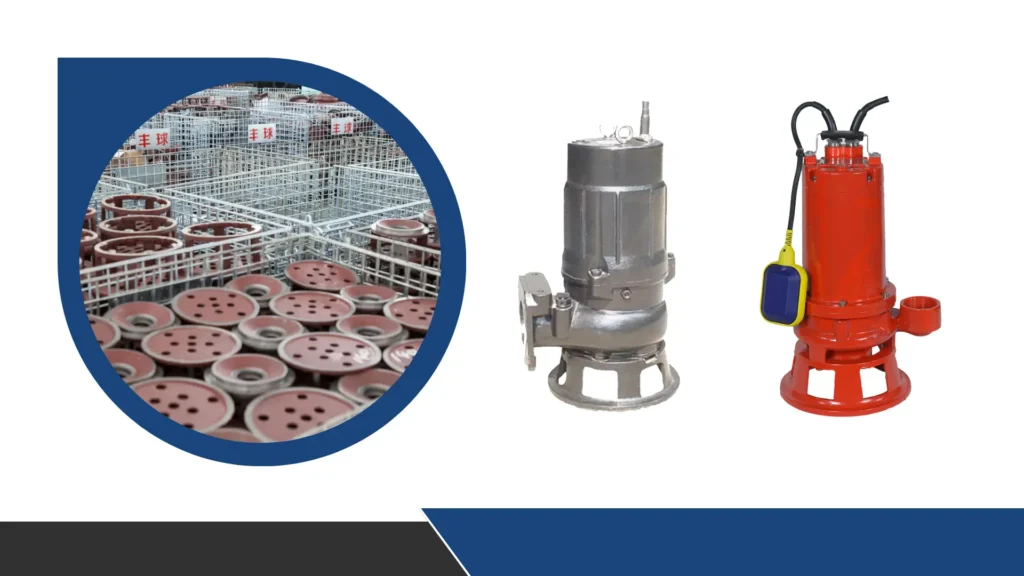
Identifying Potential Issues Early
Routine maintenance allows for early identification of potential issues, such as leaks or unusual noises.
Catching these problems early can prevent costly repairs and unexpected downtime.
Regular inspections can help detect wear before it becomes a significant issue, ensuring that the pump operates smoothly.
Enhancing Efficiency and Performance
A well-maintained pump operates more efficiently, which can lead to lower energy costs.
Regular maintenance tasks, such as cleaning filters and checking seals, help ensure that the pump performs at its best, reducing the likelihood of mechanical failures and enhancing overall performance.
How Can You Improve the Installation of Submersible Pumps?
Choosing the Right Location
Selecting an appropriate location for installation is crucial to minimizing stress on the pump.
The site should be free from debris and other obstructions that could impede the pump’s operation.
Proper site selection can lead to improved performance and reduced wear over time.
Ensuring Proper Alignment
Proper alignment during installation is essential to avoid unnecessary strain on the pump’s components. Misalignment can lead to vibration, increased wear, and eventual failure.
Ensuring that the pump is correctly aligned with the discharge piping can enhance its operational efficiency and lifespan.
Using the Right Accessories
Utilizing the correct hoses, fittings, and other accessories can greatly enhance the performance of submersible pumps.
High-quality accessories reduce the risk of leaks and blockages, ensuring that the pump operates efficiently and reliably.
What Role Does Proper Fluid Management Play?
Understanding Fluid Characteristics
Knowing the properties of the fluids being pumped is crucial for optimal pump performance. Factors such as viscosity, temperature, and chemical composition can affect how the pump operates.
Understanding these characteristics allows for better pump selection and operational strategies.
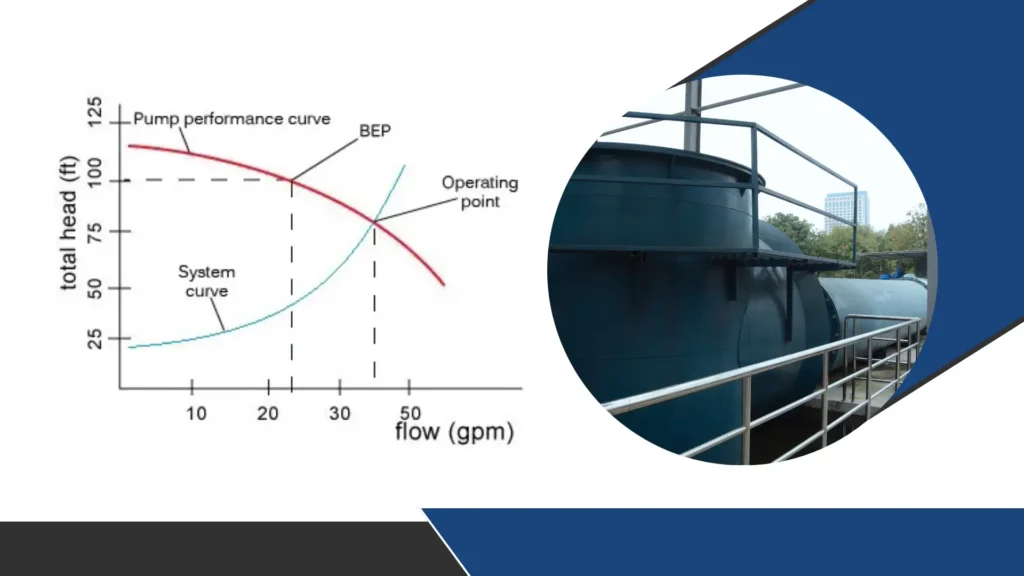
Avoiding Contaminants
Keeping the fluid free from contaminants is vital for the longevity of the pump. Contaminants can clog filters and damage internal components, leading to costly repairs.
Implementing filtration systems and regular monitoring can help maintain fluid quality and reduce the risk of damage.
Monitoring Fluid Levels
Regularly checking fluid levels is essential to ensure that the pump operates under optimal conditions.
Operating a pump without sufficient fluid can lead to dry running, which can cause severe damage. Monitoring fluid levels helps prevent such issues and maintains the longevity of the pump.
What Are the Common Signs of Submersible Pump Failure?
Unusual Noises During Operation
Hearing strange sounds during the operation of a submersible pump is often one of the first indicators of potential failure.
Sounds such as grinding, rattling, or banging can suggest several issues, including misalignment of components, wear and tear on bearings, or debris caught in the impeller.
These noises should not be ignored, as they can lead to further damage if left unaddressed.
Regular monitoring of operational sounds can help operators identify problems early, allowing for timely maintenance or repairs, which can ultimately save on costly downtime and repairs.
Reduced Performance or Flow Rate
A noticeable decrease in the performance or flow rate of a submersible pump is another critical sign of possible failure. When a pump is functioning optimally, it should deliver a consistent flow of fluid as specified.
If operators observe that the flow rate has diminished, it may indicate issues such as clogging in the intake screen, wear on the impeller, or even a drop in the water level in the source.
Regular performance assessments, including flow rate measurements, can help detect these problems early, allowing for corrective actions to restore the pump’s efficiency.
Frequent Overheating
If a submersible pump frequently overheats, it is a strong indication that something is wrong.
Overheating can occur for various reasons, including inadequate cooling due to low water levels, excessive wear on the motor, or a blockage in the fluid path.
Continuous overheating can lead to severe damage, such as motor failure or damage to seals and bearings. Monitoring the pump’s operating temperature and ensuring it remains within safe limits is crucial.
If operators notice frequent overheating, immediate steps should be taken to diagnose and rectify the issue to prevent catastrophic failure.
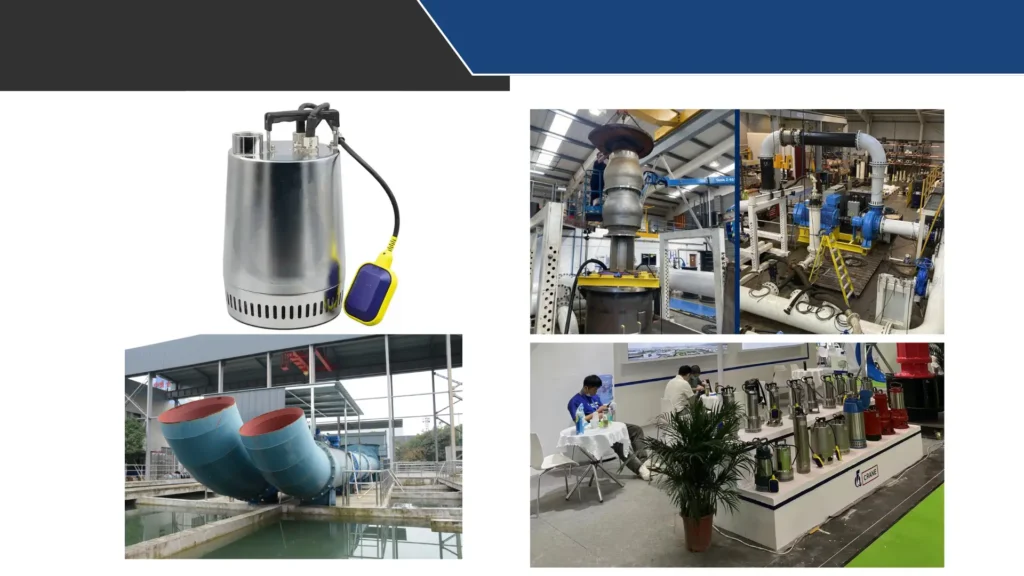
Increased Energy Consumption
A sudden spike in energy consumption from a submersible pump can be a significant warning sign.
If the pump is drawing more electricity than usual, it may be working harder than necessary due to underlying issues like blockages, mechanical wear, or improper sizing for the application.
Increased energy usage not only leads to higher operational costs but can also indicate that the pump is struggling to perform efficiently. Operators should regularly monitor energy consumption patterns as part of their maintenance practices.
If irregularities are detected, further investigation is warranted to identify and resolve the root cause, maintaining both efficiency and longevity.
Also Read:
- 6 Common Mistakes When Sourcing Submersible Pumps
- Application and Advantages of Different Materials in Submersible Pumps
How Can You Boost the Cooling Efficiency of Submersible Pumps?
Ensuring Adequate Water Flow
Maintaining sufficient water flow around the pump is crucial for effective cooling. Proper cooling prevents overheating, which can lead to premature failure.
Ensuring that the pump is submerged in adequate fluid allows for efficient heat dissipation.
Installing Cooling Systems
Consider installing auxiliary cooling systems if the pump operates in high-temperature environments.
These systems can help maintain an optimal operating temperature, further extending the pump’s lifespan.
Monitoring Operating Conditions
Regularly checking the operating conditions of the pump, including temperature and pressure, can help ensure it remains within safe limits.
Monitoring these factors allows for timely interventions if conditions deviate from the norm, preventing damage.
What Maintenance Practices Can Extend Pump Lifespan?
Regular Inspections
Scheduling routine inspections is critical for catching potential issues early and keeping the pump in good condition.
During inspections, operators should examine various aspects of the pump, including visual checks for leaks or unusual wear on components.
It’s essential to inspect the seals and gaskets, as these areas are prone to degradation over time. Additionally, verifying that all electrical connections are secure and free from corrosion is vital for ensuring safe operation.
Regular inspections not only help identify wear and tear before they escalate into major issues but also allow for timely maintenance actions, ultimately prolonging the pump’s operational lifespan.
Keeping detailed records of inspection findings can further aid in tracking the pump’s health over time.
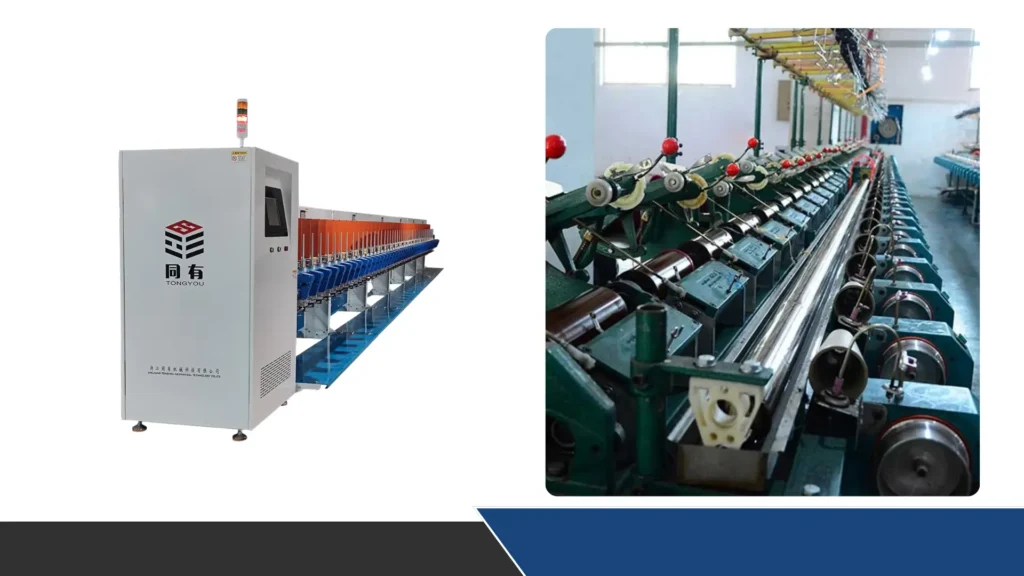
Cleaning and Flushing
Periodically cleaning and flushing the pump is an essential maintenance practice that prevents the buildup of debris and contaminants that may cause malfunctions.
Over time, sediments, dirt, and other particles can accumulate within the pump, leading to blockages that restrict fluid flow and reduce efficiency.
A thorough cleaning process typically involves flushing the pump with clean water or a suitable cleaning solution to remove these deposits. Additionally, inspecting filters and screens during cleaning helps ensure they are free from obstructions.
By maintaining a clean pump, operators can enhance its efficiency, reduce the likelihood of mechanical failures, and minimize downtime caused by unexpected maintenance needs.
Regular cleaning schedules should be established based on the operating conditions and the nature of the fluids being pumped.
Lubrication of Moving Parts
Keeping moving parts adequately lubricated is essential for reducing friction and wear in submersible pumps.
Regular lubrication of components such as bearings and seals helps maintain their functionality and prevents overheating, which can lead to premature failure.
Operators should follow the manufacturer’s recommendations regarding lubrication intervals and the type of lubricant to use, as different pumps may have specific requirements.
Proper lubrication not only extends the life of individual components but also ensures smooth operation, reducing the risk of breakdowns caused by friction-related issues.
Additionally, monitoring lubrication levels and applying lubricant as needed can help prevent costly repairs and keep the pump running efficiently over time.
Establishing a consistent lubrication schedule as part of the maintenance routine is crucial for optimal pump performance.
And More:
- Maintenance and Repair of Industrial Submersible Pumps
- Material Selection for Durable Submersible Pumps in Large-Scale Waterworks
How Important Is the Quality of Replacement Parts?
Choosing OEM Parts
Using Original Equipment Manufacturer (OEM) parts is crucial for ensuring compatibility and reliability.
OEM parts are designed specifically for the pump, providing the best fit and performance, which can lead to longer service life.
Understanding the Impact of Low-Quality Parts
Low-quality replacement parts can lead to premature failures and increased maintenance costs.
They may not meet the necessary specifications, leading to inefficiencies and potential damage to the pump.
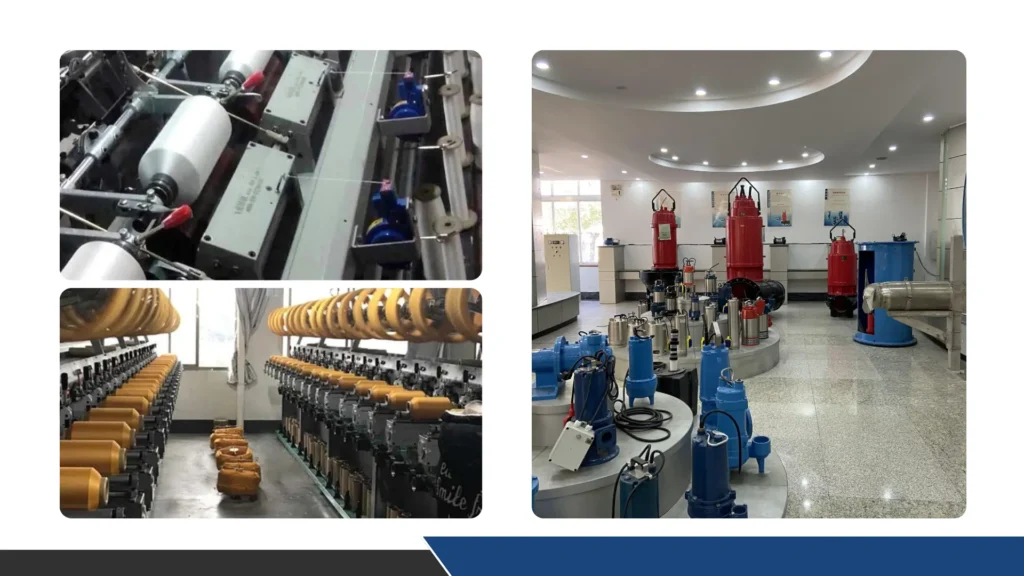
Establishing a Reliable Supply Chain
Having access to quality parts from trusted suppliers can streamline maintenance processes.
A reliable supply chain ensures that replacement parts are available when needed, minimizing downtime and operational disruptions.
How Does Operator Training Affect Pump Lifespan?
Importance of Proper Training
Well-trained operators can identify issues and operate pumps correctly, significantly extending their lifespan.
Training ensures that operators understand the pump’s functions, maintenance needs, and how to respond to potential problems.
Implementing Safety Protocols
Training on safety measures helps prevent accidents that could damage the pump or endanger workers.
Proper safety protocols ensure that operators handle equipment responsibly, reducing the likelihood of costly mistakes.
Continuous Education
Ongoing education about new technologies and techniques keeps operators informed and effective.
Regular training updates help operators adapt to advancements in pump technology, ensuring optimal performance and maintenance practices.
Conclusion
To maximize the lifespan of submersible pumps, it’s essential to prioritize regular maintenance, proper installation, and operator training.
By adopting these practices, you can ensure reliable performance and reduce long-term costs associated with pump failures.
Investing in the longevity of your submersible pumps not only enhances operational efficiency but also contributes to overall productivity and cost-effectiveness in your operations.

